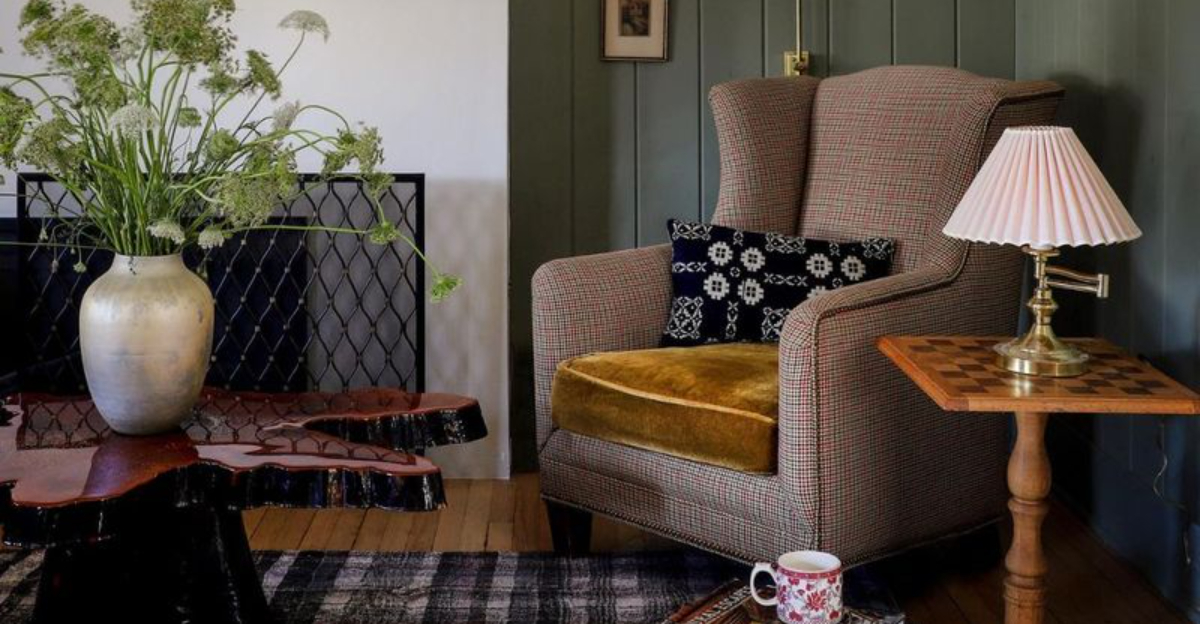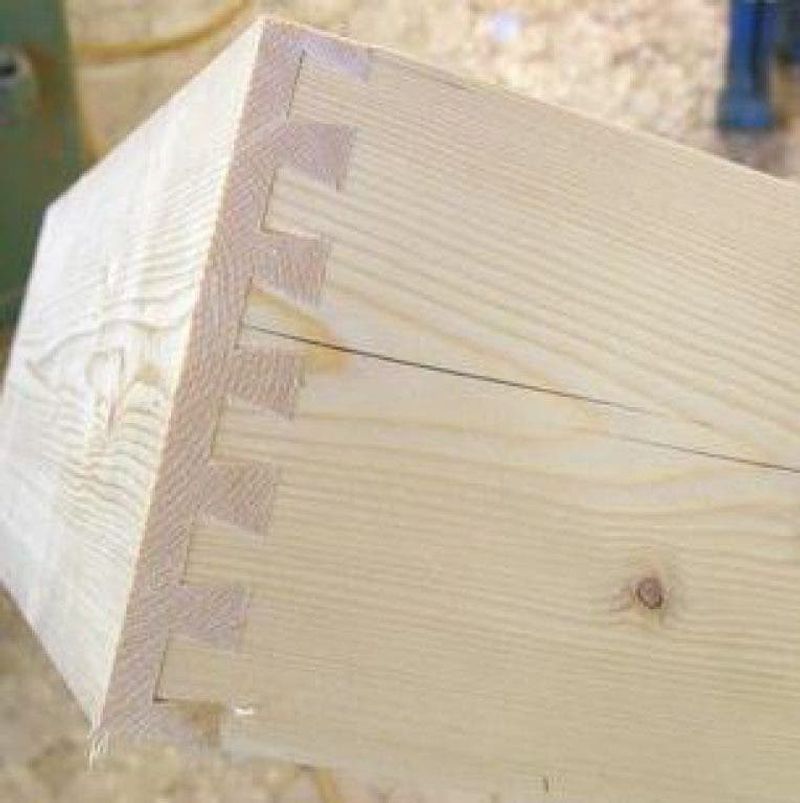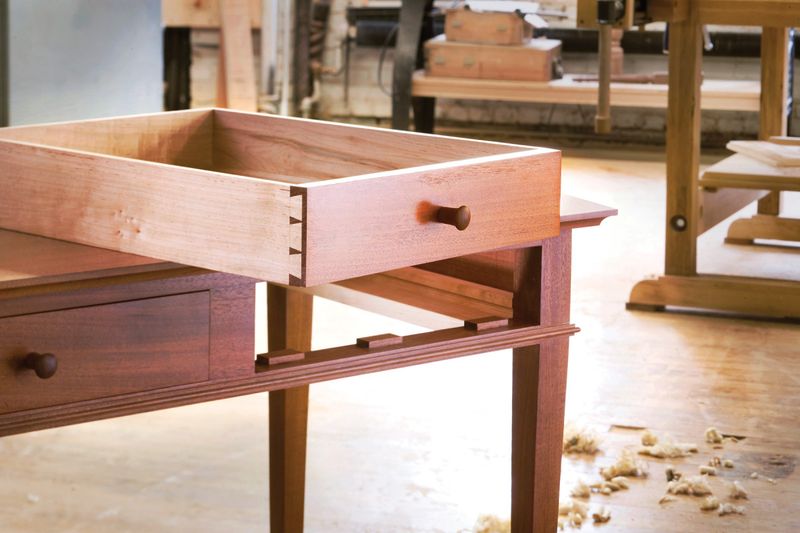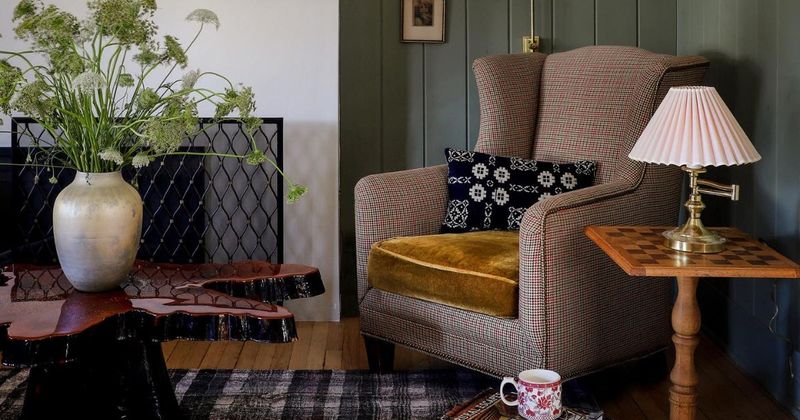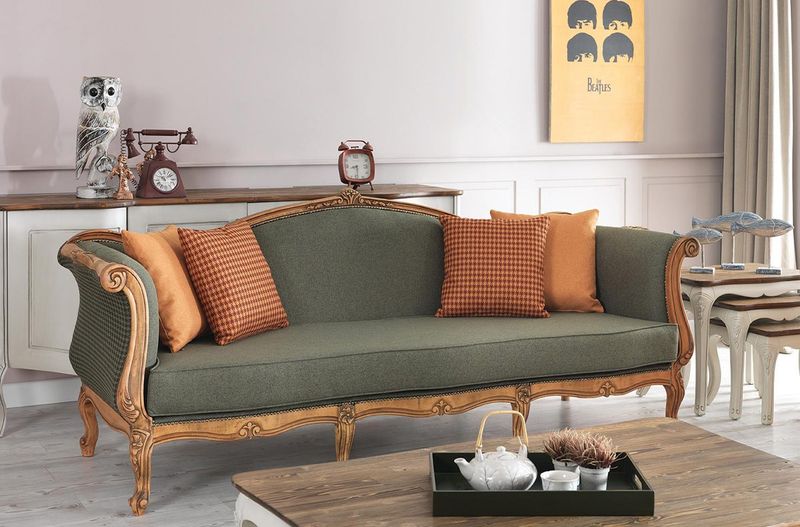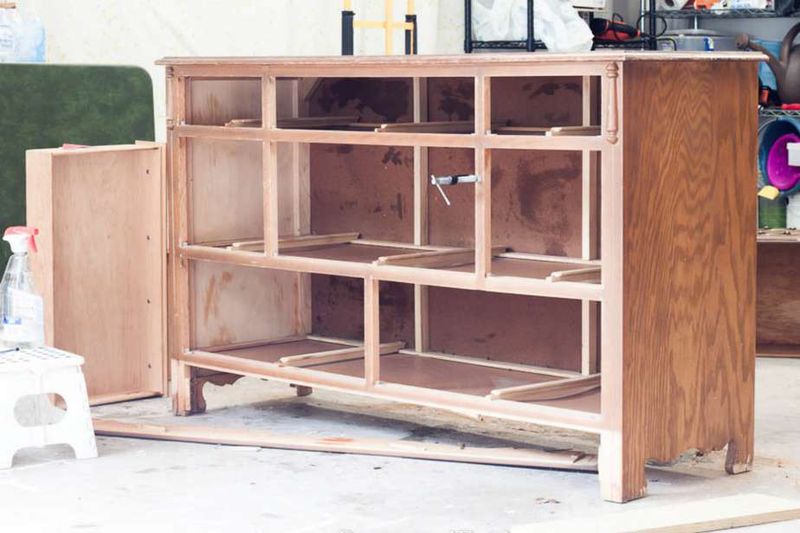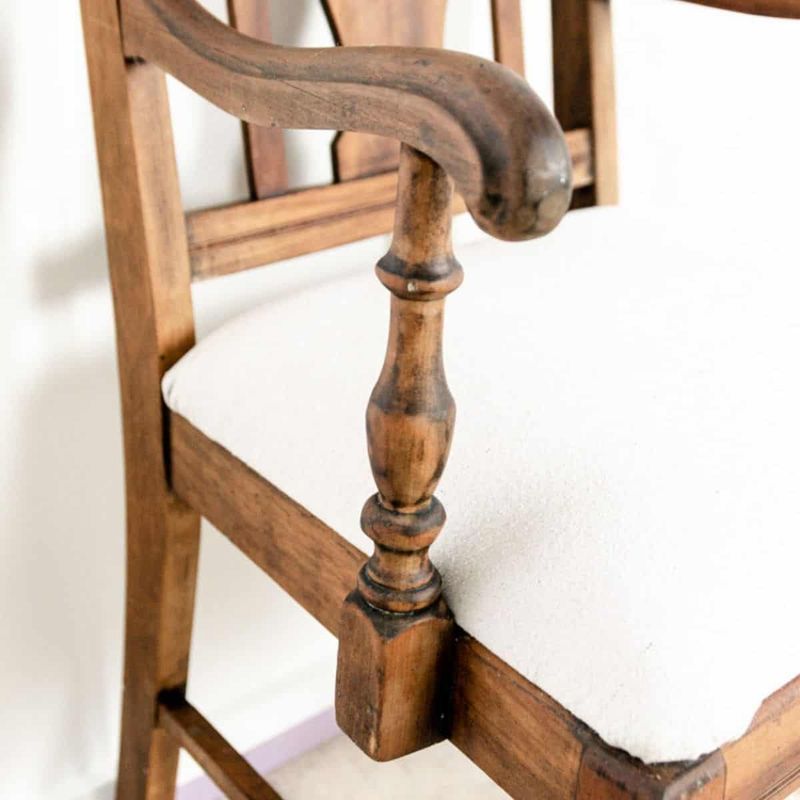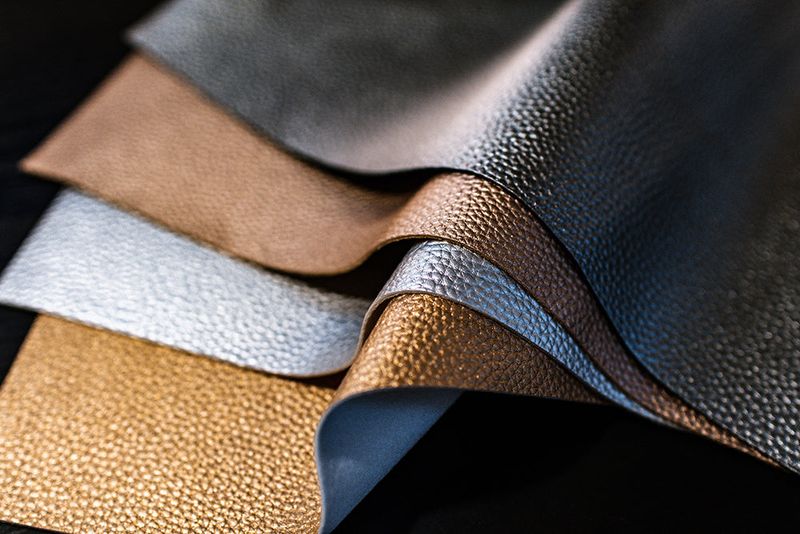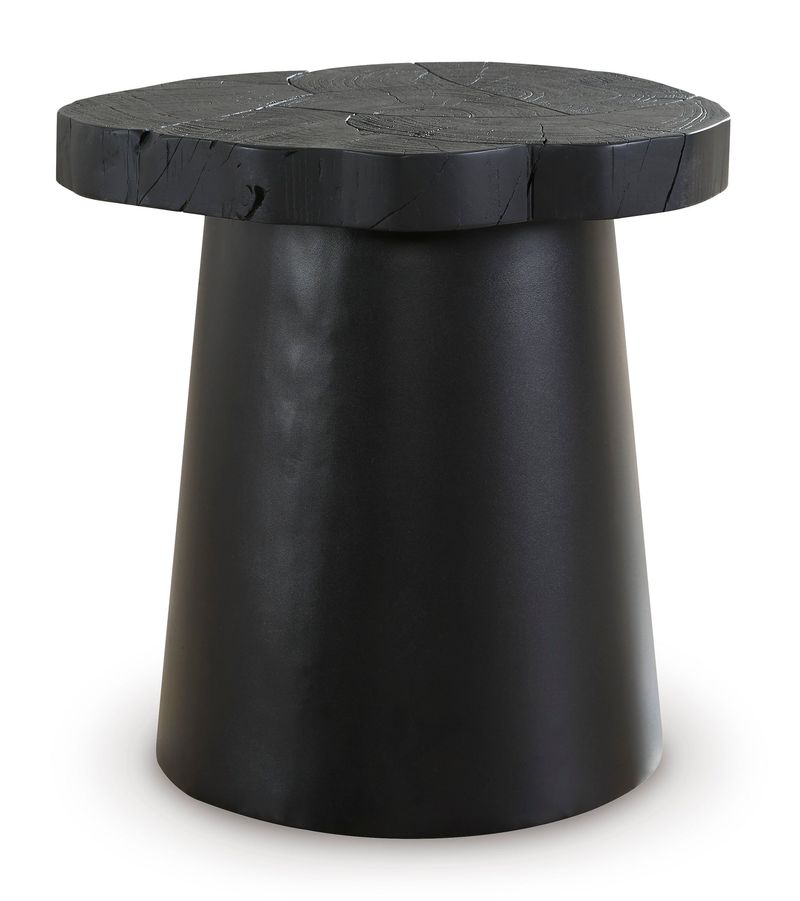Thrift stores can be treasure troves for high-quality furniture – if you know what to look for. Designers emphasize the importance of inspecting construction details, such as dovetail joints and solid wood materials, which indicate durability and craftsmanship.
Pay attention to the weight of the piece; heavier items often signify better quality. Original hardware and labels can also provide clues about the furniture’s origin and value.
By focusing on these aspects, you can find pieces that not only add character to your home but also stand the test of time.
1. Examine the Joinery
Flip that table upside down and play detective! Quality furniture reveals its secrets in how pieces connect together. The finest pieces boast dovetail or mortise-and-tenon joints rather than just nails or staples.
Run your fingers along these connection points, feeling for smooth transitions and tight fits. Craftsmen of yesteryear took pride in these details, creating furniture designed to withstand generations of use. Even antique pieces with slightly loose joints can often be easily repaired.
2. Check for Solid Wood Construction
Nothing says quality quite like the unmistakable heft of solid wood furniture. When examining a potential purchase, lift one corner – if it feels surprisingly heavy for its size, you’ve likely found something substantial.
Knock on the surface and listen for a solid thud rather than a hollow echo. Genuine wood pieces often feature dovetail joints and natural grain patterns that vary across the surface, unlike the perfect repetition seen in veneers or laminates.
3. Look for Designer Markings
Treasure hunters rejoice when spotting those telltale stamps, labels, or metal plates that whisper of prestigious origins! These identifying marks are typically tucked away on drawer bottoms, the backs of pieces, or underneath seats.
Armed with your smartphone, a quick search of any discovered manufacturer name can reveal whether you’ve struck gold. Many quality American furniture companies from the mid-century period are especially collectible today.
4. Test the Drawers
Give those drawers a gentle tug and listen carefully! The smooth, satisfying glide of a well-crafted drawer tells you volumes about the piece’s quality. Quality drawers should move effortlessly without sticking, wiggling, or falling off their tracks.
Peek inside to check if the drawer backs are made from solid wood rather than flimsy materials like cardboard or thin plywood. The interior corners should feature neatly fitted joints rather than just glue and nails.
5. Assess the Upholstery
Fabric can be deceiving at first glance! Gently press your hand against cushions to feel what’s beneath the surface. Quality pieces spring back quickly rather than remaining indented.
Check seams for straight, tight stitching and examine piping for evenness. Even if the upholstery itself is dated or worn, furniture with good bones is worth reupholstering. Flip cushions to see if they’re reversible – a hallmark of thoughtful design that extends a piece’s lifespan by allowing even wear.
6. Inspect for Quality Hardware
Those little metal accents speak volumes about a piece’s pedigree! Quality hardware often feels substantial in your hand – solid brass knobs have a distinctive weight and develop a beautiful patina over time, unlike their hollow counterparts.
Original hardware, especially on vintage pieces, adds significant value. If you find furniture with mismatched or missing hardware, don’t despair. Many specialty retailers sell period-appropriate replacements that can restore a piece to its former glory.
7. Verify the Frame Stability
Want to know if that gorgeous chair will collapse under Aunt Edna at Thanksgiving? Give it the wiggle test! Grasp the piece firmly and gently rock it side to side to check for any concerning movement or creaking.
Quality frames should feel rock-solid with minimal flex. For sofas and chairs, press down firmly on the arms while someone else holds the base steady. Remember that minor wobbles in otherwise sound vintage pieces can often be fixed with simple wood glue and clamps.
8. Sniff for Musty Odors
Your nose knows more than you might think! Take a deep whiff of that vintage dresser before bringing it home. Musty or moldy scents can indicate water damage or pest issues lurking beneath the surface.
While some superficial odors can be eliminated with cleaning and airing out, deeply embedded smells in wood may be permanent. Furniture with cigarette smoke odor is particularly difficult to rehabilitate, so proceed with caution unless you’re prepared for extensive restoration.
9. Check for Repairs and Modifications
Sherlock Holmes would make an excellent furniture detective! Look closely for signs of previous repairs – mismatched wood tones, irregular seams, or hardware that doesn’t quite fit the existing holes.
While skilled repairs can extend a piece’s life without diminishing value, amateur fixes often create structural weaknesses. Be especially wary of furniture that’s been cut down or significantly altered from its original form.
10. Research Distinctive Styles
Fashionistas aren’t the only ones who should recognize signature styles! Familiarizing yourself with key design periods – from Mid-Century Modern’s clean lines to Victorian ornate details – helps you spot valuable pieces instantly.
Each era has distinctive characteristics in silhouette, materials, and craftsmanship. Study furniture books or design websites before shopping to train your eye. The most valuable finds are often well-executed examples of recognizable design movements.
11. Tap on Veneers
Got rhythm? Tap lightly across surfaces with your fingernail to detect the subtle sound differences between solid wood and veneer. Veneered pieces aren’t necessarily low-quality – many high-end antiques feature exotic wood veneers over solid cores.
The key is determining whether that veneer covers quality materials or cheap particleboard. Check edges and corners where veneers often chip first, revealing the substrate.
12. Evaluate Wood Types
Ever wondered why some wooden pieces command premium prices? The secret lies in identifying valuable woods like walnut, mahogany, cherry, and maple – materials that improve with age, developing rich patinas.
Oak shows prominent grain lines, while cherry features subtle patterns with reddish undertones. Genuine mahogany has a straight, fine grain with reddish-brown color that deepens over time. Pine, though less valuable, can still indicate quality in country-style or antique pieces.
13. Check for Quality Finishes
Beneath that dusty exterior might lurk a magnificent finish waiting to be revived! Quality pieces often feature hand-rubbed oil or shellac finishes that develop character over time, unlike modern spray lacquers that simply wear away.
Examine surfaces in good lighting, looking for depth and richness rather than a plastic-like sheen. Even pieces with worn finishes can be valuable if the underlying construction is sound.
14. Spot Quality Upholstery Springs
What’s hiding beneath those cushions could make or break your thrift store find! Press down firmly on seating surfaces, feeling for the distinctive bounce of eight-way hand-tied springs – the gold standard in upholstered furniture construction.
Quality springs provide even support without sagging. Flip pieces over if possible to examine the underside, where you might spot the telltale pattern of eight-way ties.
15. Assess the Leather Quality
Not all that glitters is gold, and not all that looks like leather actually is! Genuine leather develops a distinctive patina over time that synthetic materials can’t replicate. Look for natural variations in color and texture across the surface.
Quality leather feels supple and warm to the touch, not slick or cold like vinyl. Check hidden areas for manufacturer tags identifying the material. Full-grain leather, though it may show more wear, is significantly more valuable than corrected-grain or bonded leather.
16. Consider the Weight Distribution
Balance matters in furniture just as much as in life! Quality pieces distribute weight evenly across their structure, creating a sense of harmony and stability. Try lifting one corner slightly – does the entire piece move as a unit?
Poorly constructed furniture often feels unbalanced or top-heavy. Check that legs are positioned to properly support the weight above them. Furniture that has maintained its alignment despite decades of use demonstrates superior craftsmanship worth investing in.

